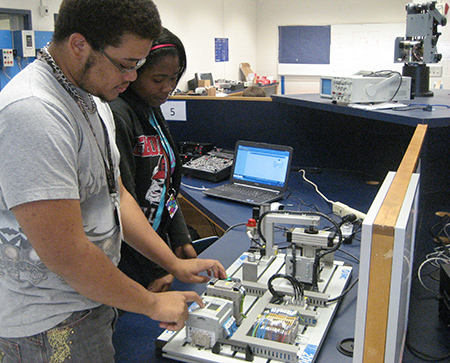Harnessing the Potential of Unemployable Youth
Print This Post
Working with KIDS COUNT, I see a lot of numbers. I also see a lot of problems. I see a lot of problem numbers! But rarely do I see a number or a problem with a potential solution as concrete as the one that could help Georgia re-engage its floundering young people and help them become contributing members of our state.
The Annie E. Casey Foundation recently released a report on disconnected youth, or, in plain speech, school-age adolescents who are not in school and are not working. These adolescents often lack the family support, community connections, and work experience of their more connected peers.
As it turns out, Georgia ranks third in the nation in youth unemployment, a dubious distinction for a state that already has one of the highest overall unemployment rates in the nation. More than 200,000 adolescents in Georgia are not in school and not working, and ultimately, not building a future for themselves, their families, or their communities.
The good news is that Georgia has an opportunity to harness the potential of these disconnected young people. The success of the Moultrie Technical College program that connects unemployable youth with accessible job training programs is proof of that. They boast a historic job placement rate above 90 percent. But a handful of programs working independently across the state isn’t enough. If we’re going to attract new businesses and hold onto existing ones, we need a coordinated effort to cultivate a labor force with the technical skills to perform 21st-century jobs.
By replicating the Moultrie Tech model at other colleges across the state, Georgia has the chance to reach out to its most vulnerable young people and offer them education, careers, and a future. We’re all in this together, and connecting disconnected youth creates a stronger Georgia for everyone.
